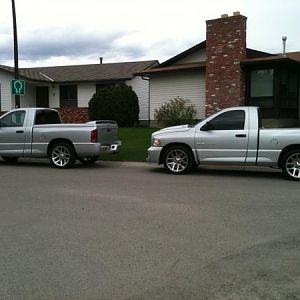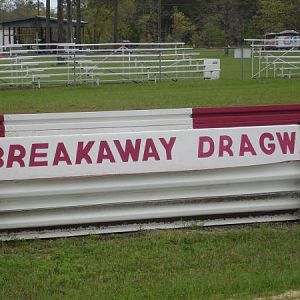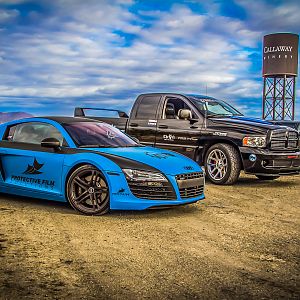mtltemplar
New Member
- Joined
- Sep 17, 2013
- Messages
- 22
- Reaction score
- 0
My truck has been having overheating issues off and on for a couple years. When it pegged the gauge a couple times I took it to the shop and they did a coolant flush and found a bunch of air in there. After that it didn't overheat again for the last 9 months until I started using the heater again and now it's right back to regularly overheating after just 10 minutes of standard driving. Now they're saying it's the head gaskets...
Being a shade tree mechanic myself, I'm wondering how hard it would be for me to replace those myself? I've rebuilt the manual tranny in my 3000gt vr4, and numerous other things with that car (turbos, engine pulls like 5 times, etc.) so I've got reasonably decent mechanical skills and tools... Has anyone on here tackled it themselves? Or something I really shouldn't try?
Thanks
Being a shade tree mechanic myself, I'm wondering how hard it would be for me to replace those myself? I've rebuilt the manual tranny in my 3000gt vr4, and numerous other things with that car (turbos, engine pulls like 5 times, etc.) so I've got reasonably decent mechanical skills and tools... Has anyone on here tackled it themselves? Or something I really shouldn't try?
Thanks








